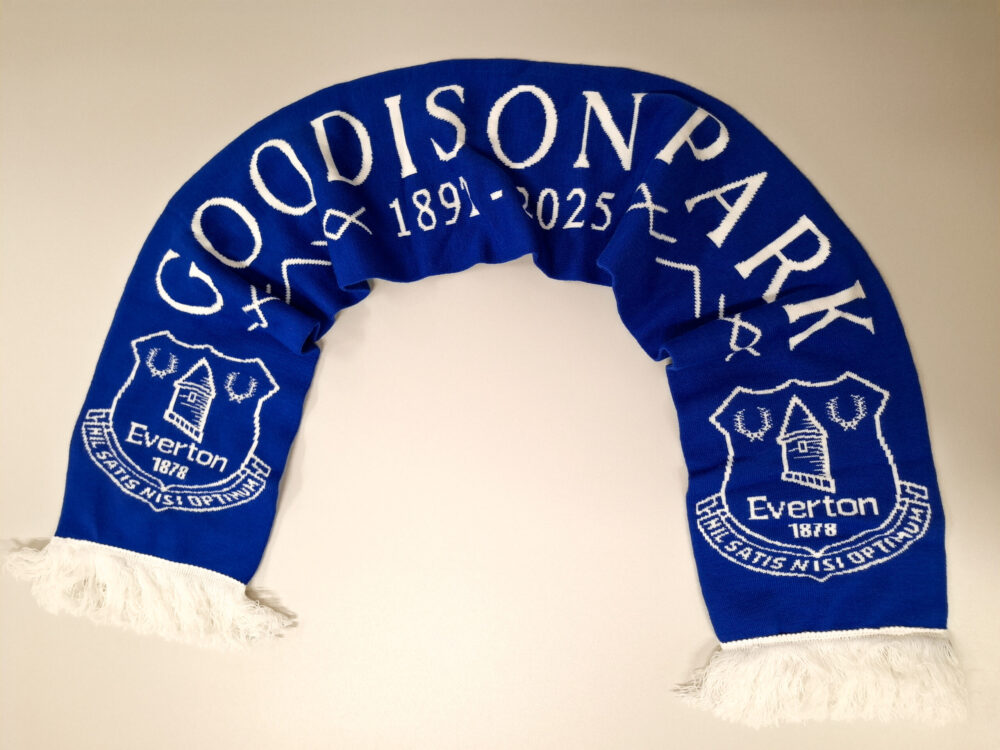
Everton FC
Vision becomes reality as Everton Stadium barrel roof takes shape
2 years ago
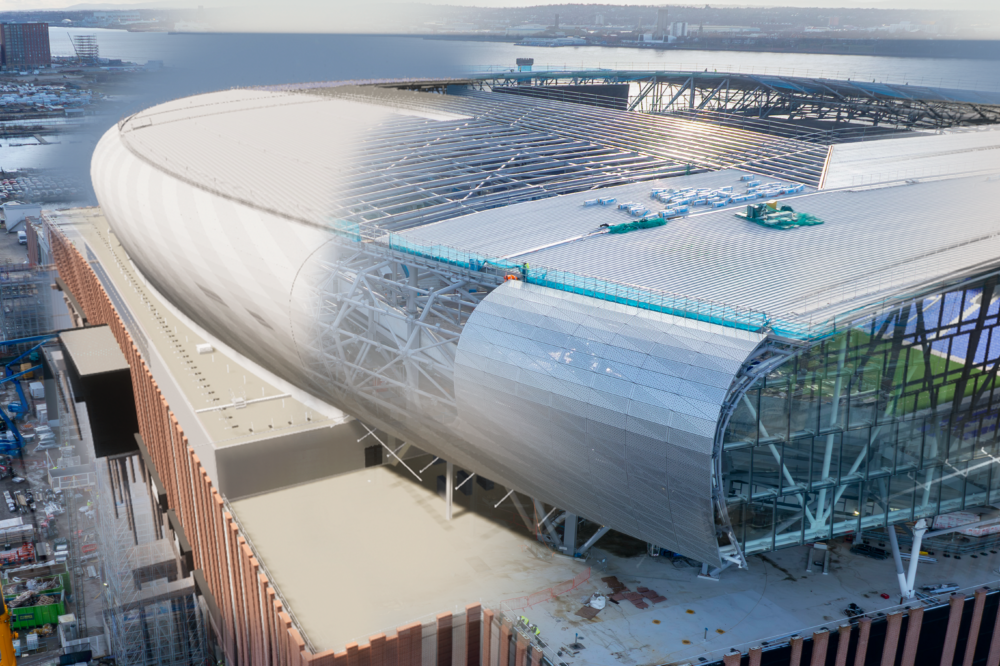
Everton Stadium’s barrel clad roof is the result of three years of meticulous planning to turn a vision into reality.
The stunning aluminium panels, now adorning the east stand of Everton Stadium, offer a glimpse into the future, promising to reshape the north Liverpool skyline.
And for those working on the project, the installations that wrap around the curved steel skeleton perfectly capture the original design concept.
Mike Young, Principal Facade Engineer for Laing’O’Rourke, said:
“I have been on this project now for three-and-a-half years.
“It’s a long time in the making and the cladding is the last significant bit of the envelope that we have to complete, so it’s great to see it finally becoming a reality.”
William Morrison, Associate Operations Director with sub-contractors Lindner Prater, who specialise in roofing, cladding and glazing, added:
“For me, it’s elation!
“This is three years in the planning and design – and to see us turning the architect’s vision into reality, even though there’s still some work to go, is absolutely magnificent.”
Installing the 872 panels – 436 on the east and west stands – is a complex and lengthy process, with the barrel shape and malleable panels presenting several novel challenges to the installation team.
Each panel, weighing 250kg, needs to be lifted carefully into position and angled in mid-air to be bolted onto the stadium steelwork.
This is achieved using a specially-designed robotic arm, which can be manoeuvred into any position by the crane operator.
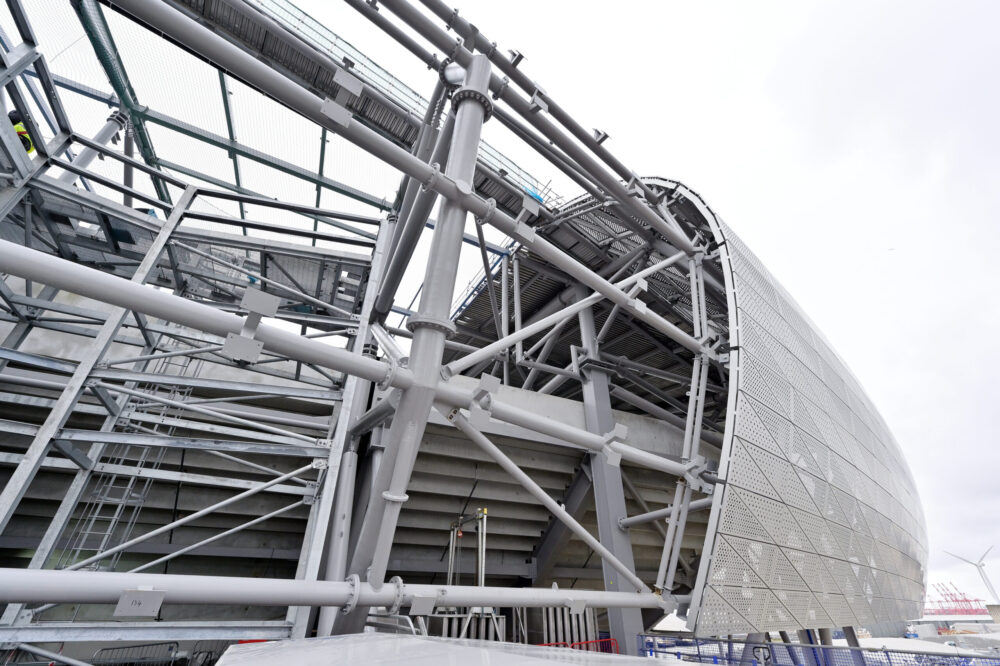
Morrison, whose company has previously worked on Twickenham Stadium, The Emirates and The London Stadium, said:
“We had to have a bespoke solution because these panels have been specifically designed for the project.
“There is nothing off the shelf, and there are strict regulations in terms of lifting materials at height, so that, coupled with Laing O’Rourke’s engineered safety policy, made us come up with a solution where we mechanically secure the panels into place using a manipulator arm, which can physically turn to any angle we require, to secure the panels.
Young added:
“It does appear complex, but the work we have been doing with our specialist sub-contractor has meant that it’s not as complex as you might imagine.
“Along with the specialist lifting frame, a lot of pre-construction work was done to check that the lifting strategy, the fixing bracket solution, the way the panels are lifted into place and the operators all knew exactly what they were doing, before we came on site to install it.
“Putting it on the stadium is just the final piece of the puzzle.”
The perforated aspect of the panels provides another clever design feature, primarily allowing more light to penetrate the fully-enclosed stadium, while also revealing elements of the architectural steelwork that provides the framework for the cladding.
And with the first phase now complete on the east stand, attention turns to starting the installations on the east stand, with the overall aim of having the stadium roof completely covered by this summer.
Morrison said:
“It is a quite long timeline, but you have to consider the height of the building, the type of equipment and the sheer nature of the panel design.
“At the early planning stage, we could only use a little experience as to how long that might take, and we have to take into consideration the vagaries of the weather. We are restricted to certain wind speeds in which we can lift the panels into the air.
“However, with the efficiencies that we have improved upon as we’ve got to know the project a little more, we are on target to finish by the original planned date of July – and I think that will be a hell of an achievement.”



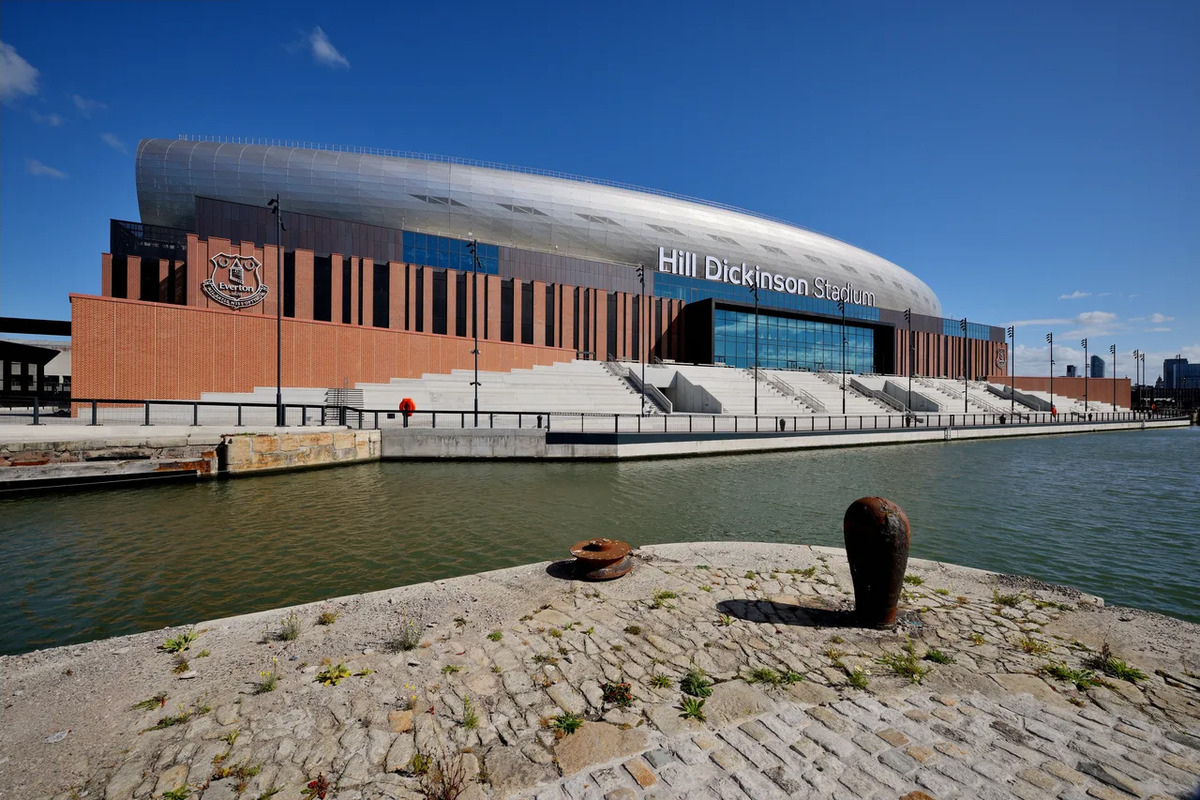

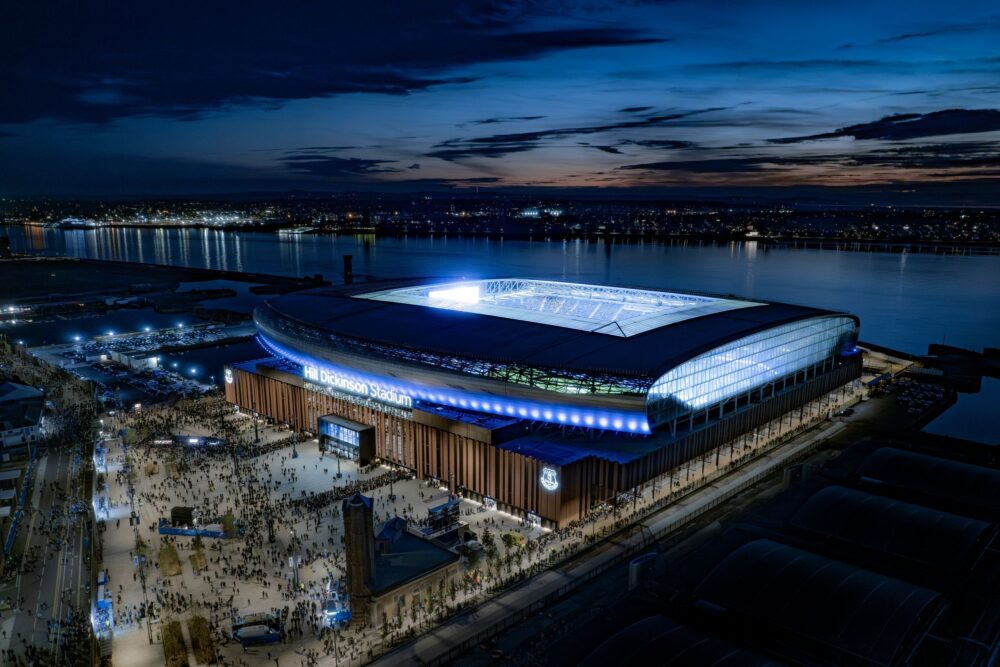

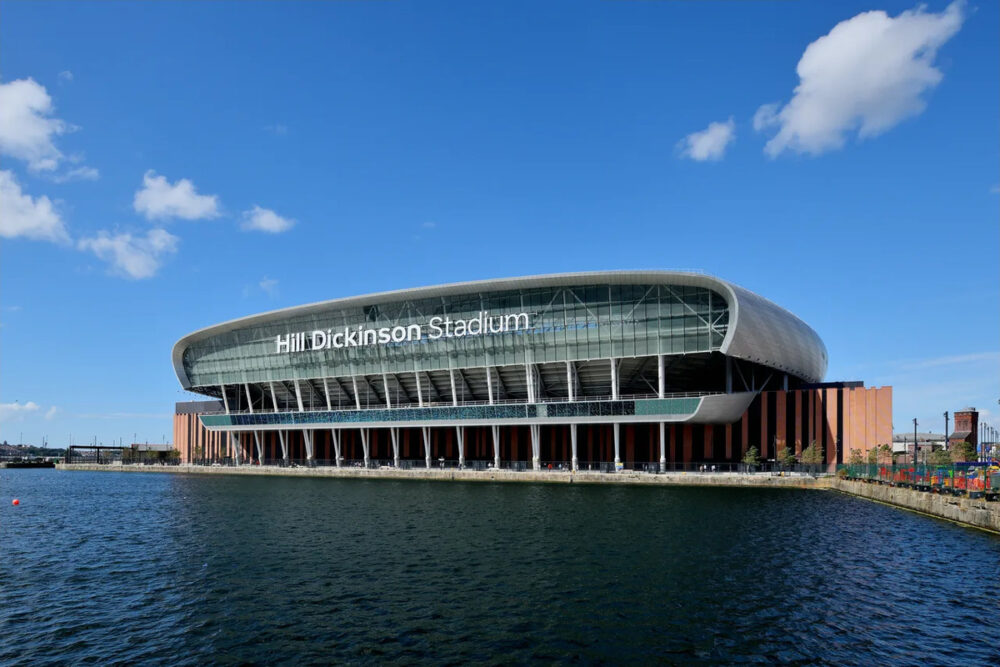
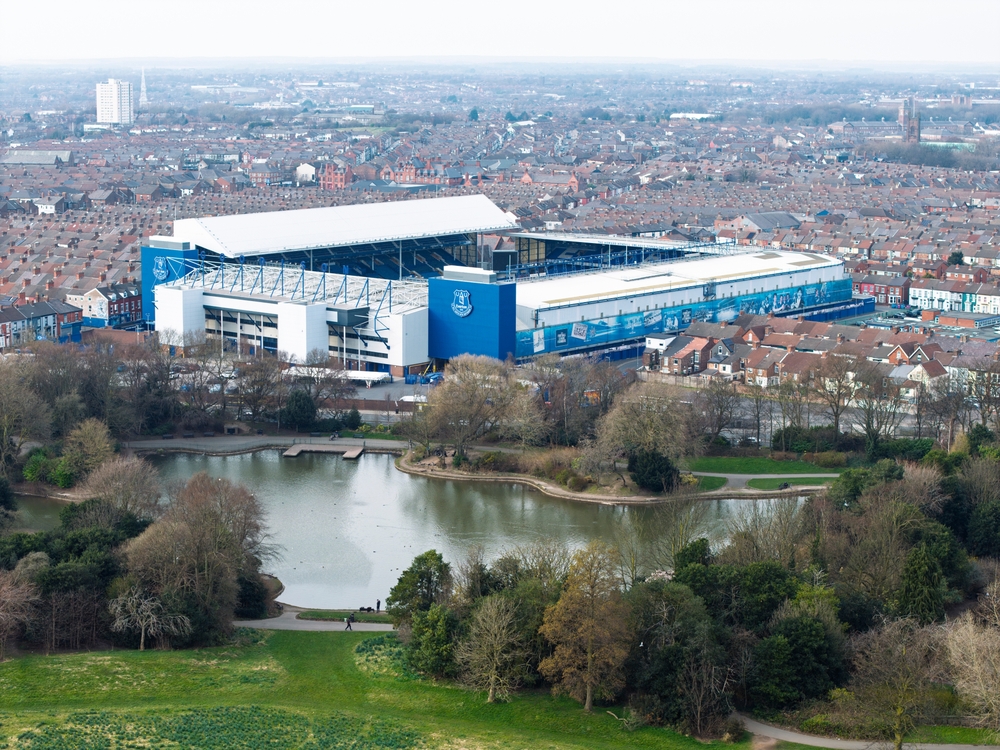
 Subscribe
Subscribe Follow Us
Follow Us Follow Us
Follow Us Follow Us
Follow Us Follow Us
Follow Us Follow Us
Follow Us











